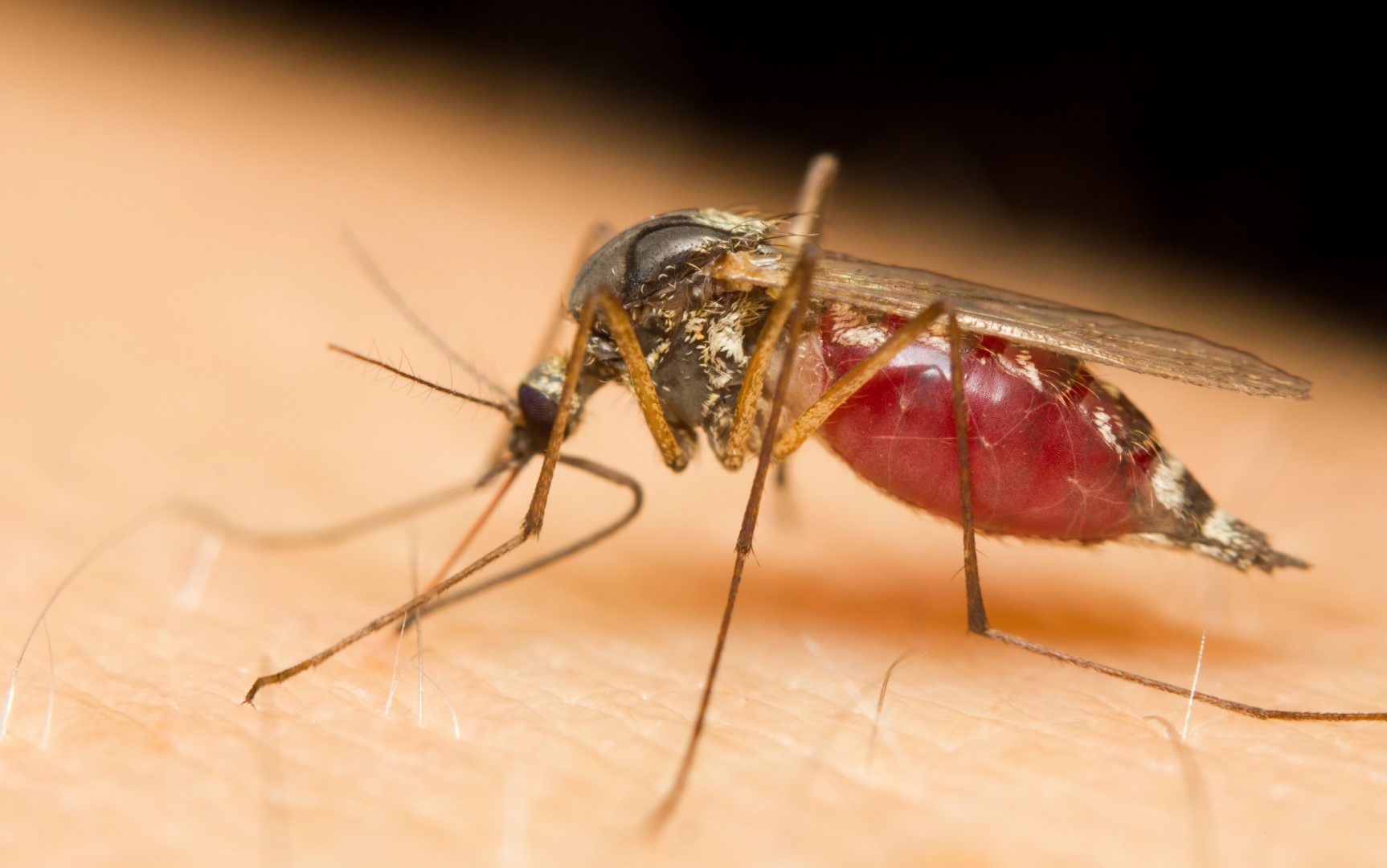ChatGPT said:
Bed Bugs: Understanding the Hidden Home Invaders
Bed bugs are small, flat, reddish-brown insects that feed on human and animal blood. Belonging to the family Cimicidae, they are expert hitchhikers that travel through luggage, clothing, and furniture. Bed bugs hide in tiny crevices such as mattress seams, bed frames, electrical outlets, and baseboards, making them one of the most challenging pests to locate and eliminate.
Habitat and Behavior of Bed Bugs
Bed bugs are most active at night when people are asleep, drawn by body heat and carbon dioxide. During the day, they hide in cracks and tight spaces, waiting to feed again. Because they can survive for months without feeding, bed bugs can remain undetected long after an initial introduction. They spread easily in homes, hotels, dorms, and multi-unit buildings, traveling between rooms and floors through wall voids and shared plumbing or electrical systems.
Why Bed Bugs Are a Problem
A bed bug infestation can cause physical and emotional distress. Their bites often appear in clusters and can lead to itching, allergic reactions, and secondary infections from scratching. Bed bugs also disrupt sleep and create significant anxiety for homeowners and business owners alike. Once established, infestations grow quickly because female bed bugs can lay hundreds of eggs during their lifespan. DIY treatments rarely work, as these pests hide deep within furniture and walls where sprays cannot reach.
The Importance of Ongoing Pest Management
Even after an initial treatment, bed bugs can reappear if eggs remain or new ones are introduced. Ongoing pest management from Platinum Pest Management ensures continuous monitoring and preventive measures to keep them from returning. Regular inspections detect early activity, allowing for fast intervention before infestations spread. Preventive maintenance is especially crucial for multi-unit housing, hotels, and rental properties where traffic and turnover are high.
Bed Bug Control and Prevention
Effective bed bug control requires a combination of inspection, treatment, and monitoring. Platinum Pest Management uses professional-grade solutions that target bed bugs at all life stages, including eggs and nymphs. We carefully treat beds, furniture, baseboards, and potential hiding spots to ensure complete elimination. Our process is discreet, safe, and proven to restore peace of mind.
To prevent reinfestation, our technicians provide recommendations on cleaning, laundering, and sealing potential entry points. Maintaining ongoing service ensures long-term protection and reduces the risk of future outbreaks.
Serving Arizona Communities
Platinum Pest Management provides expert bed bug removal and prevention services throughout Mesa, Chandler, Gilbert, Queen Creek, Scottsdale, Tempe, and nearby cities. Our licensed professionals deliver results with care, precision, and attention to your comfort and safety.




